
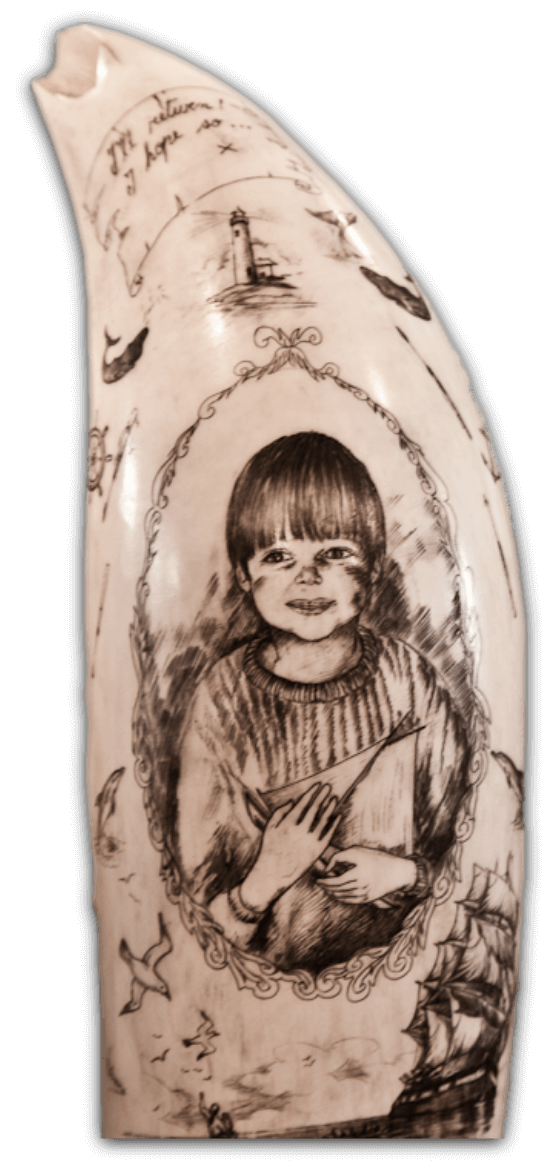
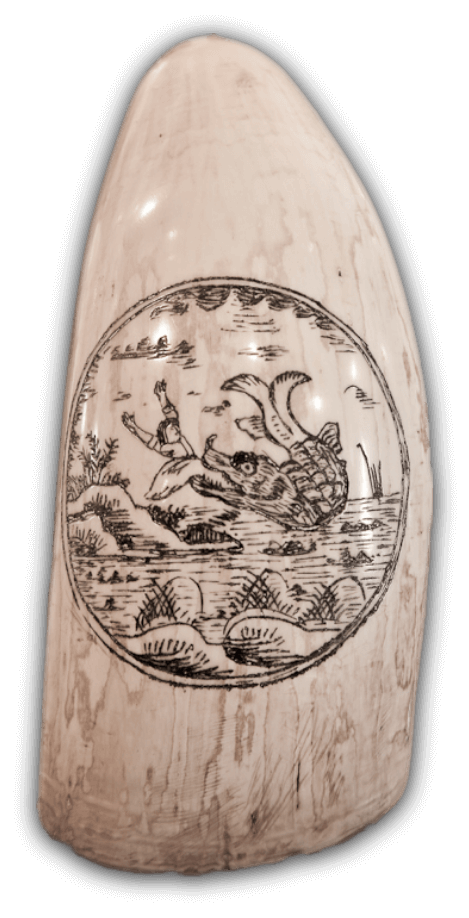
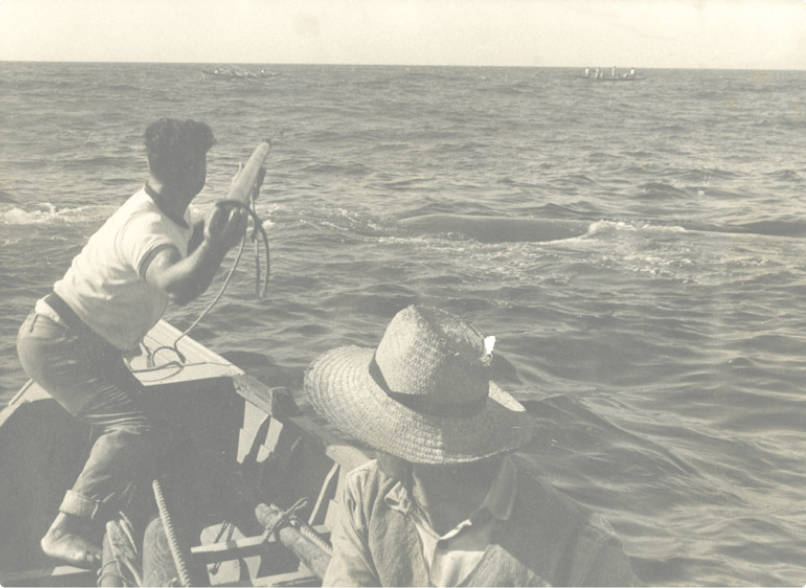
Whaling in the Azores was always near the coast and the boats were only harnessed after a whale was spotted, so on the islands scrimshaw was not born on board, but on land and through the hands of craftsmen who were not necessarily whalemen. However, not many Azoreans manned American whaling vessels, which not only brought a countless number of pieces but mainly the manufacturing techniques that have been transmitted from one generation to another.
In choosing the Scrimshaw materials, it was natural that the craftsman first chose the sperm whale's ivory tooth. Only the tip of the tooth was smooth and it was necessary to prepare the rest of the rough surface by polishing it. The tooth was well soaked in salt water or hot water, often with potassium. Then a rough file was used to rub and round the surface, and finally a fine sandpaper (long made of shark skin) was used to complete the process.
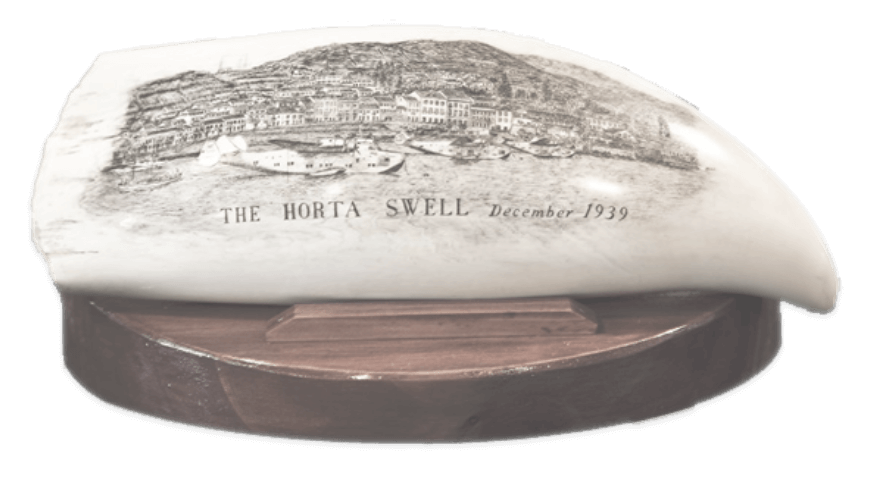

The best scrimshaw artists that worked on these islands are represented in the collections of the Museum. Fátima M. Gomes, Carlos Machado, Gualter M. Barreto, João Fernandes Leal, Othon Silveira, António Manuel Machado, Rui Dias, Juvenal Castro, João Garcia, Manuel Garcia da Silva, Carlos Gomes, José Botelho Morais, Manuel D. Fagundes, Carlos Alberto,
Nunes Roberto, Família Luz, Dimas José A. Soares, Rui Oliveira and John Opstal are the artists whose work is represented in this Museum, with its value being incalculable, because the items exhibited are primarily a means of preserving and keeping alive the history and testimonial of this great "adventure" that was whaling in the Azores.
Do you have legal drinking age?
